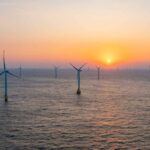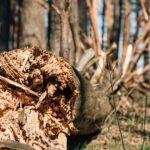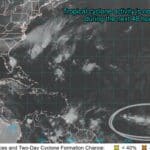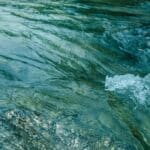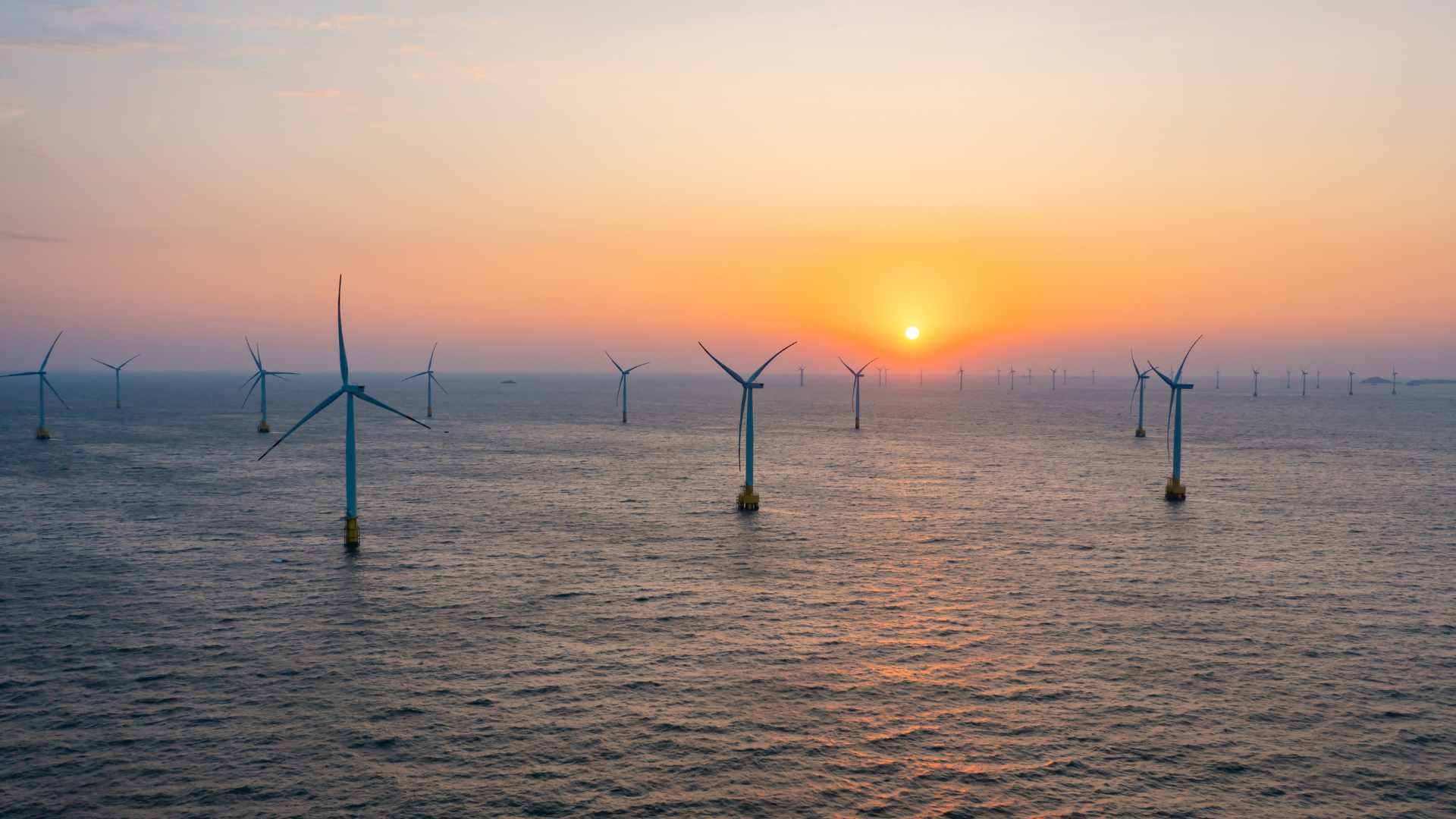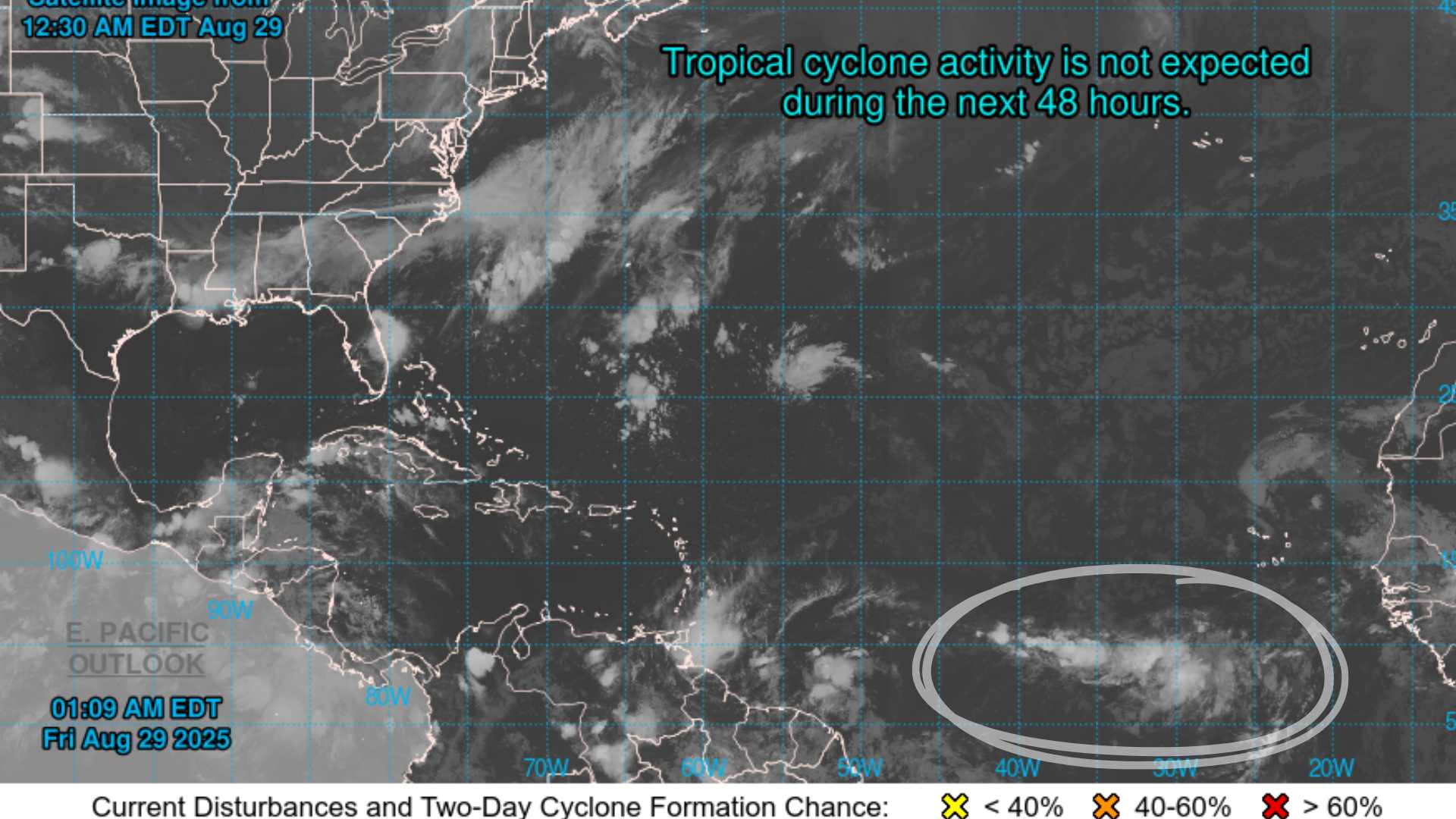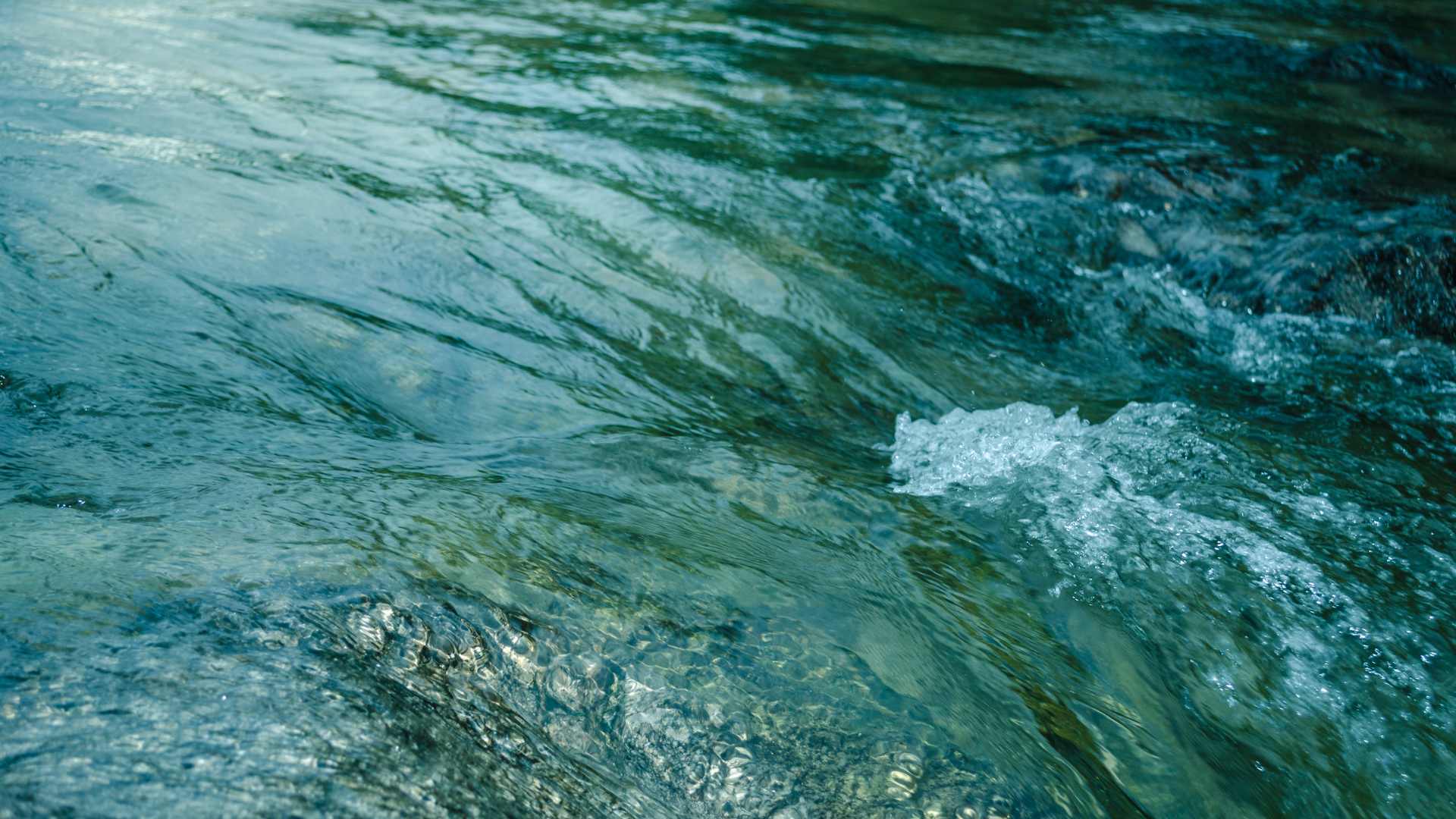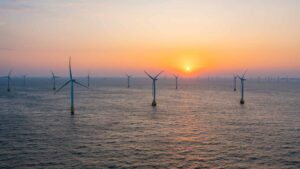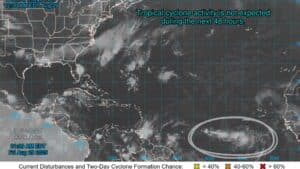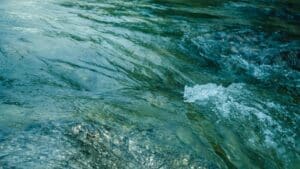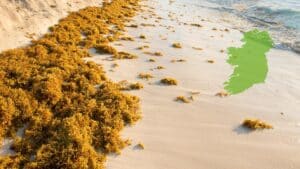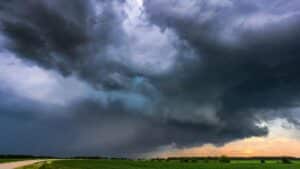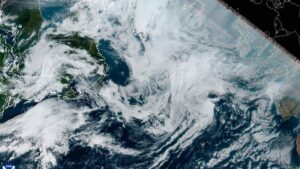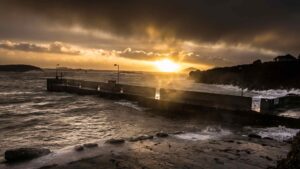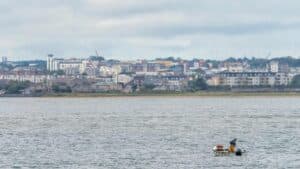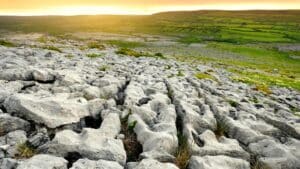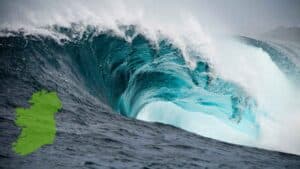
Offshore Wind Could Spark Sea Life Comeback

Offshore wind farms are providing a growing source of renewable energy, and new research indicates they could also contribute to the restoration of marine ecosystems such as coastal wetlands, seagrass meadows, coral reefs, and oyster beds in Ireland.
A major international study, published in the journal BioScience, highlights how just 1% of global offshore wind investment—projected to grow from 56 GW in 2021 to 2,000 GW by 2050—could fund large-scale marine restoration worldwide. The findings are especially timely as governments, including Ireland’s, work toward ambitious climate and biodiversity goals under pressure.
Lead author Christiaan van Sluis of The Rich North Sea programme says offshore wind has the potential to become the first marine industry with a net-positive impact on biodiversity—if we act now.
“By embedding smart biodiversity requirements into licensing and tendering processes, we can reverse biodiversity loss using just a fraction of what’s already being invested,” he said.
Such restoration projects would help rebuild habitats vital for fish stocks, carbon storage, and coastal resilience—an increasingly important concern for Ireland as sea levels rise and coastal ecosystems face mounting pressure.
Restoration Pays Dividends
Beyond nature itself, healthy marine systems bring direct benefits to people—supporting food security, buffering storms, and capturing carbon. The report estimates that for every €1 invested in marine restoration, society sees a return of between €2 and €12 in benefits.
Ireland’s offshore wind capacity is set to expand significantly in the coming decades, particularly along the east and south coasts. With proper planning, this transition could help restore some of the ecosystems damaged by decades of overfishing, pollution, and climate change.
Policy Opportunity for Ireland
The study urges governments to make biodiversity restoration a standard condition of offshore wind development. This could include setting aside a fixed percentage of each project’s budget for marine restoration, or including ecological impact as a non-price factor in offshore wind tenders.
Countries like Denmark, the Netherlands, and the UK already use centralized tendering systems that include biodiversity criteria. Ireland, now ramping up its offshore energy strategy, could integrate similar requirements early—before large-scale developments are locked in.
Karen Vennik of Van Oord, one of Europe’s leading offshore contractors, said: “The time is right to scale up marine restoration as we scale up offshore wind.”
About the Study
The research was carried out by The Rich North Sea initiative, a collaboration between Dutch environmental NGOs and energy partners, in partnership with the Royal Netherlands Institute for Sea Research (NIOZ). Their work focuses on finding ways to align renewable energy expansion with marine biodiversity protection.

